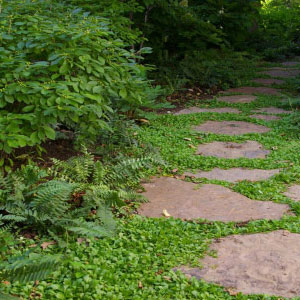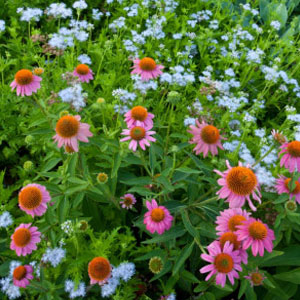

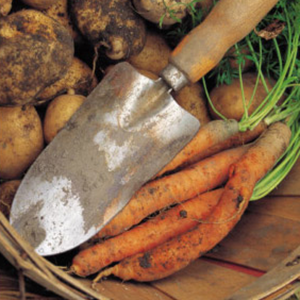
Limit Exposure to Pesticides
Limit Exposure to Pesticides When most people think of pesticide use, they think of agricultural land. But pesticides are typically applied at much higher rates to residential landscapes than to farms — 20 times higher, according to the U.S. Environmental Protection...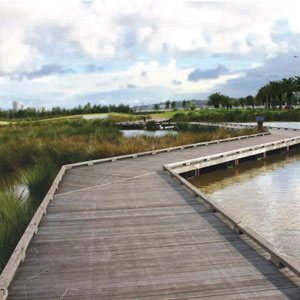
Protect and Restore Vegetated Buffers
Protect and Restore Vegetated Buffers In undisturbed natural areas, waterways and wetlands are typically protected by adjacent vegetation. Grassland, woodland and wetland plant communities naturally infiltrate and cleanse stormwater. Buffers along waterways and...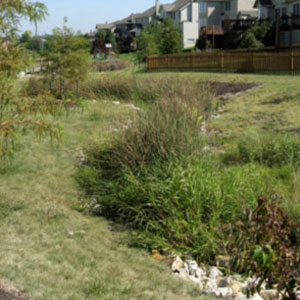
Create a Rain Garden
Create a Rain Garden A rain garden is a strategically located low area where water can soak naturally into the soil. Rain gardens can be any size or shape and are easily integrated into your overall landscape. Locate and size your rain garden appropriately....